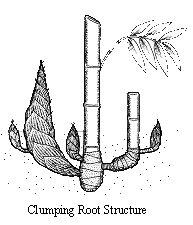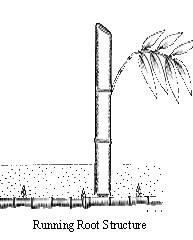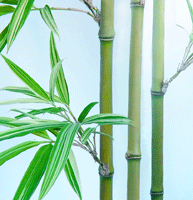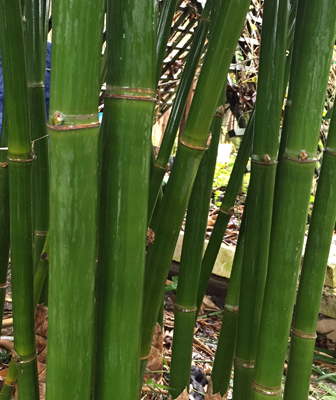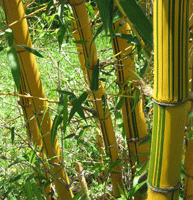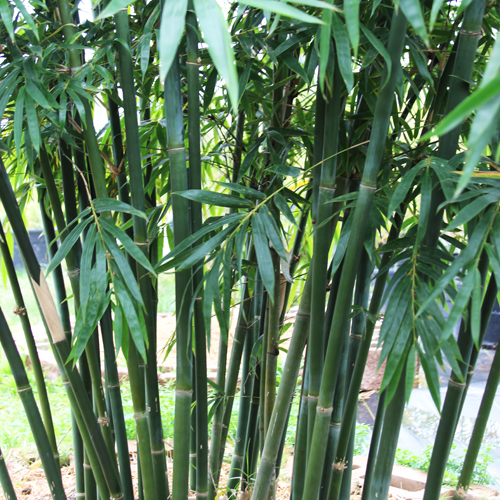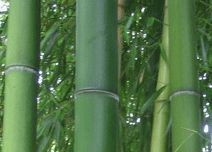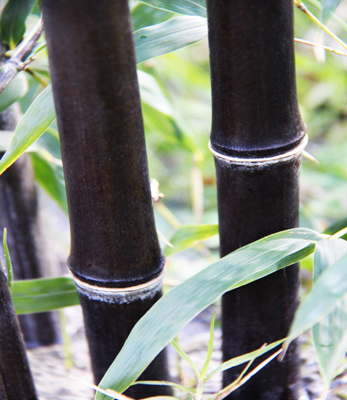

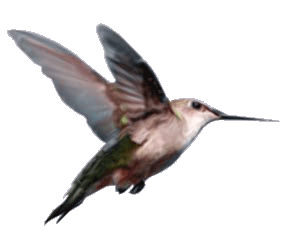

Houston Bamboo Nursery

A Hidden Bamboo Garden Paradise ...

Products
10815 Leitz Rd, Houston, TX 77075 Phone 832-713-4319 Tom@HoustonBambooNursery.com
Open Monday thru Saturday 8-5pm, Closed SundaysVisitors are welcome anytime during business hours




Bamboo has been used by mankind since pre-recorded history. Its uses are for food, shelter, tools, warfare, aqueducts, utensils, fuel, privacy screens, and ornamental landscaping, to name a few. Bamboo has become very popular in the last 10 years as a landscape plant in the United States. It is classified as either running or clumping. Running bamboo is the most widely used type of bamboo and consists of hundreds of varieties.
Bamboo Plants
©2009 Houston Bamboo Nursery, LLC Worldwide Rights Reserved. ®
Clumping bamboos are generally tropicals and are non-invasive. They grow in a habit similar to bananas. The shoots emerge in a tight or open habit – depending on the species. Regardless of the degree of openness of each species’ clumping habit, none of the clumpers are considered invasive. They are all well behaved and will not spread wildly.
Tropical, clumping bamboos come in many sizes and overall forms. There are different culm colors (some striated) and leaf sizes (some variegated). With so many options, there are ideal varieties for nearly every application. Choosing the right varieties for screening and hedging will solve privacy issues better than any other plant material. Some of the ornamental bamboos make a stunning landscape statement. Most varieties work well in a mixed tropical garden. The tropical clumpers are not as frost tolerant as the temperate runners so they are normally grown in warmer climates.
Running bamboos spread variously, sending out underground runners (rhizomes) which sometimes range far from the parent plant. Runners fill in the spaces between plantings faster, making them ideal for fast screens, hedges, and the popular open grove look. Bamboo runners may be easily contained, since the rhizomes grow sideways at a depth of only about 2-18 inches. Most are also very cold-hardy.
